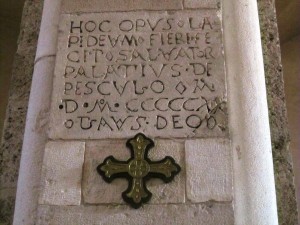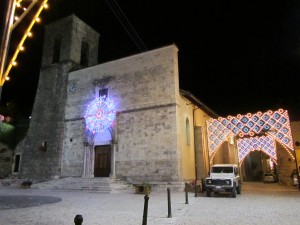

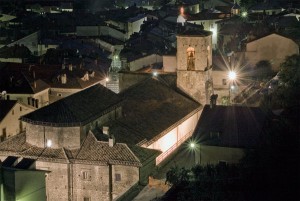
The church stands on a pre-existing monastic cell, probably ascribable to the Benedictine Convent of St. Angel in Bareggio (years 800-850 AD). The curtem serulae, property of the monks of Farfa, who first brought the Christian message in the valley, is mentioned in a document of 820 AD. The higher “Peschio”, at the Castle, paired up with the court: the double settlement will merge to generate Pescasseroli. This is documented in the papal bull of 1115 by Pope Paschal II, citing “ecclesia Sancti Pauli ad Pesculum Serulae”, but the name of the village remains “compound” for a long time (for example we read PeschioAserulo in a map from the sixteenth century in the Vatican Gallery of Maps).
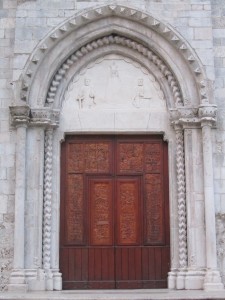
The twentieth-century restoration removed many Baroque superstructures unearthing architectural lines of the fifteenth century. An aerial bombardment of November 1, 1943 caused serious damage to the roof, making the building temporarily condemned. In the twentieth century renowned artisans of Pescasseroli realised embellishments in wood, on the doors, and in stone of Mount Gentile, as the baptismal font and the lunette on the main portal.
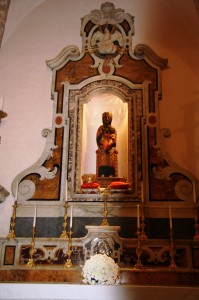
The interior has three naves. Besides the major one, in the past it had more altars. Of them, two side ones remain, adorned with marble. In the right aisle there is St. Joseph. The left altar, with the displayed wooden statue and some historical garments, is dedicated to the small statue of the Crowned Black Madonna. The original statue was relocated here from a chapel of the Castle around the 15th century. On September 8, 1752 it was solemnly crowned, with the dispatch of a precious gold crown from the Vatican Chapter.
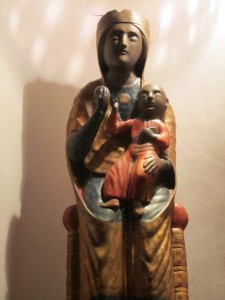
The ancient cult of the “Saint brown Image” is linked to transhumance through the cattle track, has remained high over the centuries, it was brought by emigrants to Buffalo (USA) and is still strongly felt. Devotion was well described in Sacred Poetry by the poet Francesco Saverio Sipari in 1852, and it was mentioned in the historical novel The spotless favored one by Vittorio Emanuele Bravetta in 1936. Also the feast of September 8 has extensive bibliography.
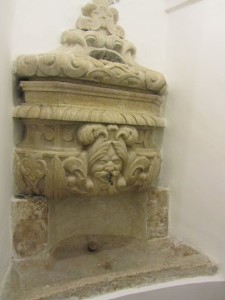
The apse of the abbey preserves a silver processional crucifix of Sulmona school of the first half of 1400; a walnut choir and a carved lectern, both baroque; reliquaries of the Neapolitan school of 1600 and a modern organ. The statues of the two patron saints of Pescasseroli are of 1700. Other interesting notes of art and architecture are shown on the panel of the square.
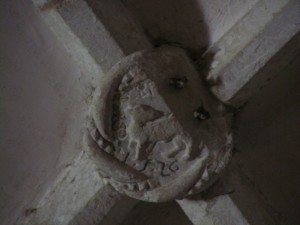
The parish archives preserve documents from 1700, including the baptismal certificate of Benedetto Croce born in the Sipari Palace on February 25, 1866.
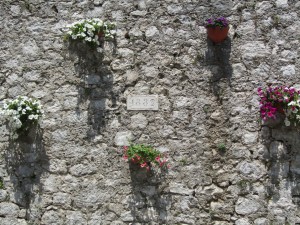
Sideways, along via della Chiesa, there are houses with scarp walls, via Porta Piccola and vico Purgatorio. On the back there is the sacristy. The upstream side meets Corso Plistia.
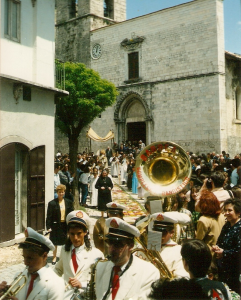
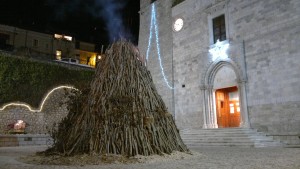
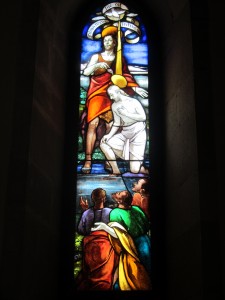
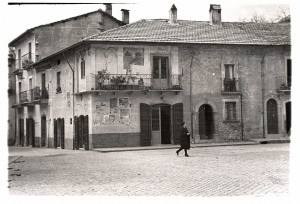
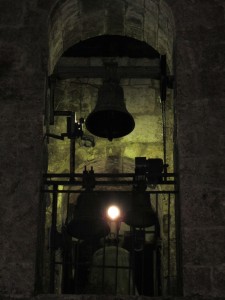
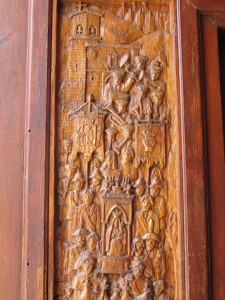
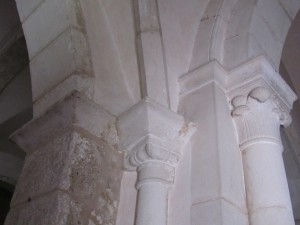
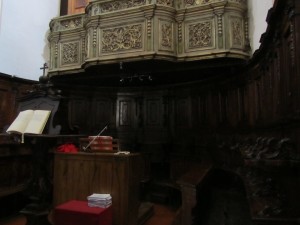
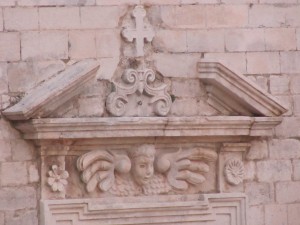
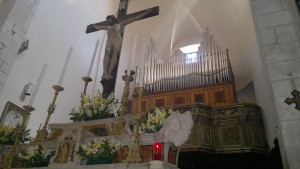
Text by Stefano Dark – Images by Domenico Roselli, NPALM and Stefano Dark
RESERVED REPRODUCTION – All rights are of the respective owners

